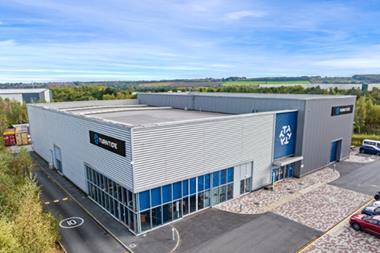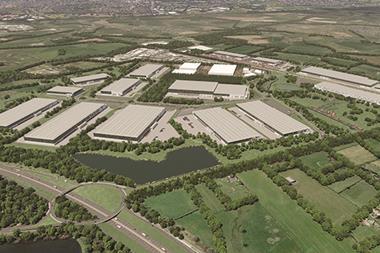The industrials and logistics sector has been a clear outperformer in recent years, and this has led many investors to question whether we’re nearing the bottom of the honeypot.

The answer is nuanced. The party is certainly not over, but the music has been turned down a couple of notches and you need to be savvier in how you go about unlocking value.
While the general market has to some extent cooled, the logistics sector is still the main beneficiary of the strong growth in online shopping and the structural shift in how we commission and distribute goods and services. The sector also plays a huge role in job creation regionally and supports the government’s levelling-up strategy.
According to Knight Frank’s 2022 UK Logistics Market Outlook, industrial rents are expected to rise by an average of 4.2% per year over the next five years, compared with 1.7% per year for offices and 0.6% per year for retail.
Looking at the current climate, two factors are at the top of the agenda: high inflation and rising interest rates. These factors are dominating and weighing on business and consumer sentiment. In the short term, it means weaker growth and potentially a technical recession.
We can already see the effects of this on the logistics sector – which has reported weaker investment pricing and a softening of yields over the summer. However, the occupier market is going into this period in a position of strength.
Colliers data shows supply has not matched the surge in demand. According to CBRE, UK logistics take-up totalled 10.43m sq ft in Q1 2022, up 100% from take-up of 5.21m sq ft in Q1 2021.
At Clearbell Capital, we continue to see the logistics sector as the ‘star performer’ of commercial property, with its underlying supply-demand dynamics still representing a compelling reason to invest. We have developed two key strategies to drive our plans forward, namely Project Tudor and Project Carter.
For Project Tudor, we aggregated a portfolio of smaller development sites where there was less competition and have redeveloped these spaces into logistics sites to meet growing urban demand.
For Project Carter, we have acquired warehouses below replacement costs and refurbished them to boost their ESG credentials and deliver space more quickly to undersupplied local markets. This is a more defensive strategy in a part of the market that has more limited competing supply and offers more affordable rents for occupiers.
These projects show you can address low supply in cost-effective, ESG-friendly ways, without always resorting to new-build or build-to-suit options. As the industry is aware, getting planning permission can be difficult, so refurbishing existing spaces to a grade-A standard can be a lot easier to achieve in practice.
In conclusion, while the volume has been turned down a bit, the logistics ‘party’ looks set to continue a while longer, as the structural shift to online continues. However, investors will need to learn from their previous experiences and modify their strategies to be successful at unlocking value.
Manish Chande is senior partner at Clearbell Capital






























No comments yet